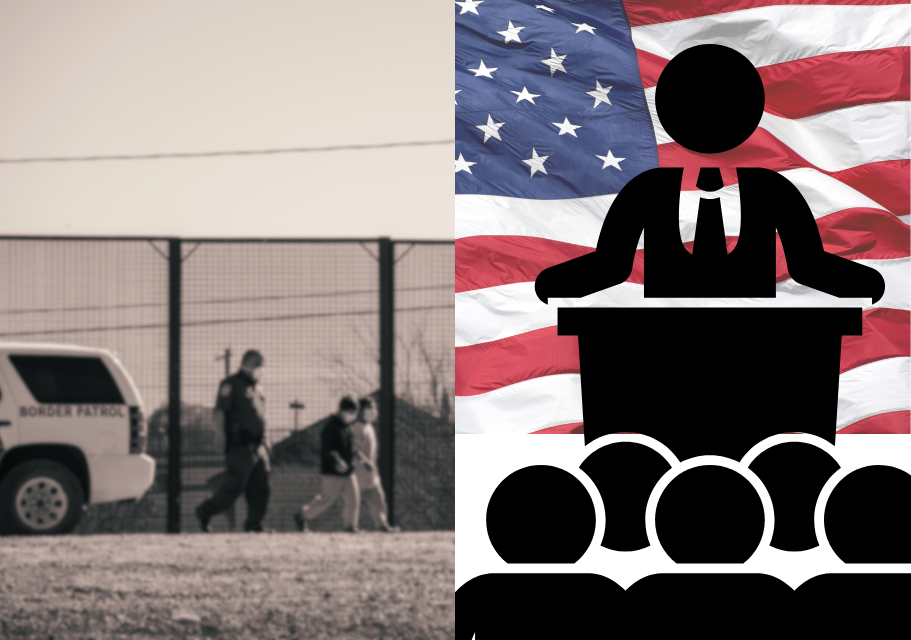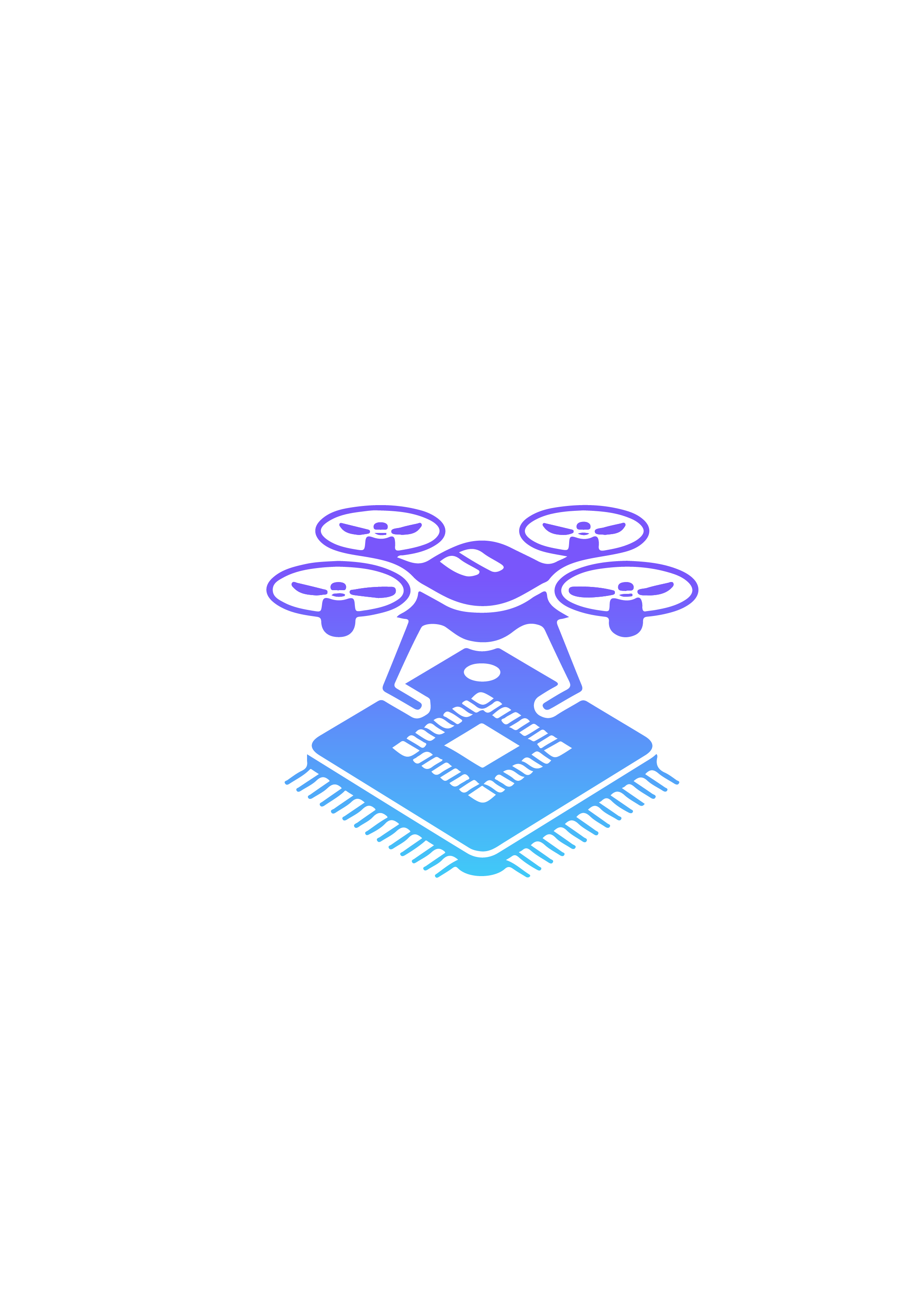
Drones are changing the way we innovate, respond to emergencies, and manage national security. But at the U.S.-Mexico border, they are becoming a growing threat.
According to U.S. Customs and Border Protection, drones are now being used by criminal organizations to smuggle drugs and weapons and to track the movements of border patrol agents. These are not isolated cases; it happens regularly, and current tools aren’t doing enough to stop them.
This is why the U.S. needs smarter technology, clearer rules, and stronger support for homegrown drone solutions.
The Rising Drone Threat at the Border
Drone incidents at the southern border are on the rise. Homeland Security reports show that drones are being used weekly by criminal groups, given that they’re cheap, quiet, easy to fly, and hard to catch using older tools like ground-based radar.
Some drones have dropped drugs directly into U.S. territory. Others are used to spy on border patrol, helping smugglers sneak through undetected. The Government Accountability Office (GAO) has confirmed that traditional radar and surveillance systems struggle to detect these kinds of drones.
How Pierce Aerospace Helps Detect and Stop Drones
Pierce Aerospace is one of few U.S. companies offering real, working tools to help law enforcement track and identify drones. Their Remote ID Beacons send out live information about a drone’s location, altitude, speed, and who is flying it, making it easier to tell the difference between legal flights and potential threats.
They also use:
-
Passive RF Detection: Finds the radio signals between drones and their controllers, even when beacons aren’t used.
-
Radar and Camera Systems: Track drones from far away, even in poor weather or when drones are hard to see.
-
Acoustic Sensors: Recognize drones by their unique sounds, even in noisy or low-visibility areas.
-
Data Integration: All systems feed into one network that gives law enforcement quick, clear updates.
This is already in use. Border agents say these tools have helped reduce repeat drone incidents and improve response times.
A Double-Edged Sword: When Detection Becomes Deterrence
While this technology is effective, there are serious risks if it is used without oversight. If counter-drone tools - especially RF-based or kinetic deterrents - are made available to the public or private companies without strict regulations, we could see licensed operators wrongly flagged, jammed, or even forced to land. These tools, if misused, pose a real threat to hobbyists and commercial drone pilots who follow the rules.
Remote ID was created to promote transparency and accountability. But if counter-drone systems are abused or misunderstood, we risk undermining the very purpose of safe integration. Instead of preventing dangerous drone use, we could cause more confusion, conflict, and mistrust in shared airspace.
There’s a line between protecting borders and militarizing domestic airspace. Without clear guidance, we risk crossing that line - turning well-intended safety tools into dangerous overreach.
Why the U.S. Needs to Catch Up
As someone in the drone industry, I see the gap firsthand. We already have the technology for safer skies, but the U.S. has been slow to roll it out.
Pierce Aerospace is doing its part, but most tools like this haven’t been widely adopted. The FAA’s Remote ID rule is live, but many areas aren’t enforcing it properly.
Meanwhile, China is moving fast. Drones are part of their infrastructure, delivery systems, farming operations, and police work. Chinese drone makers like DJI dominate the global market, and their systems are advanced and affordable, making it hard for U.S. companies to compete. Even when the U.S. supports domestic drone manufacturing, many options are either too expensive or not advanced enough.
Now, with new tariffs on Chinese drones and growing concerns about data security, we have a rare opportunity. If the U.S. wants to take the lead, this is the time to invest in R&D and build partnerships across the public and private sectors.
Without urgent alignment between industry and government, the U.S. risks becoming dependent on foreign platforms for infrastructure, emergency response, and national security. This is an inflection point - and we need to treat it like one.
U.S. Companies Paving the Way
Several U.S. companies are doing great work in the drone space:
-
Skydio: Makes self-flying drones for public safety and infrastructure inspection.
-
DroneDeploy: Turns drone images into 3D maps used in construction, farming, and energy.
-
Zipline: Specializes in long-distance drone delivery, especially for medical supplies.
-
AeroVironment: Produces military-grade drones used by the U.S. military.
-
Dedrone: Builds tools to protect places like airports and stadiums from rogue drones.
These companies show that the U.S. can lead in drone innovation - if we choose to invest with purpose.
Policy is the Missing Piece
Even with the best tech, unclear laws can slow everything down. The FAA gives drone operators a national license under Part 107, but every city or state can add its own rules. No doubt, this has been a source of confusion for drone pilots across the U.S. and has halted the growth we seek in this industry.
Without regulatory alignment, even certified, insured, and law-abiding operators can find themselves blocked or penalized due to local rules that conflict with federal standards. That inconsistency doesn’t just frustrate pilots - it weakens airspace safety and innovation at scale.
In reality, we are in need of one set of smart, nationwide rules that will keep people safe, protect privacy, and let innovation thrive.
Why It Matters Everywhere
Drones aren’t just for defense or border security. They help in everyday ways:
-
Allows responders to assess emergencies faster.
-
Inspectors can spot problems on bridges and rooftops without risking lives.
-
Environmental teams can monitor changes before they become problems.
-
Communities get more transparency about who is flying and why.
But for any of this to work, we have to support certified, responsible operators - and the public needs to understand who those operators are. The more we educate, the safer the skies become.
On the Ground: What We Do
At Suave Droning, we are certified under FAA Part 107, carry insurance, follow OSHA rules, and have TWIC clearance for high-security areas. We take safety seriously, because we believe in doing things the right way.
We didn’t start Suave Droning to chase trends - we built it to fill real gaps, to operate with integrity, and to push this industry forward with eyes wide open.
There are many others like us, ready to help solve problems and move this industry forward. What we need is for lawmakers and business leaders to stop seeing drones as some idea for the distant future. The future is already here.
A Call to Action
Drone detection tools like those produced by Pierce Aerospace do work today as intended. But they must be used responsibly.
If we do not set clear rules and educate the public, we risk harming pilots who are adhering to all federal, state, and local guidelines. Growth is good - accountability is essential.
Meanwhile, the global drone race is moving at lightning speed. With new tariffs and security concerns, the U.S. has a rare chance to catch up. Given this, let’s invest in building strong, scalable American solutions. And let’s make sure the laws support it too.
Clear regulations will help pilots, encourage innovation, and give policymakers the control they need. The tools are here. Let’s use them well. Let’s build them at home.
Want to Learn More?
This article was written by our COO, Nicolo Cincotta, as part of Suave Droning’s mission to advocate for smarter, safer drone integration across the U.S.
📩 Contact us today for a consultation.
Or book an introductory call here.
Connect with us:
🔗 Nicolo Cincotta on LinkedIn
🔗 Kelly Ortega on LinkedIn
Looking for more content like this?
Click here to explore our latest articles and insights.
